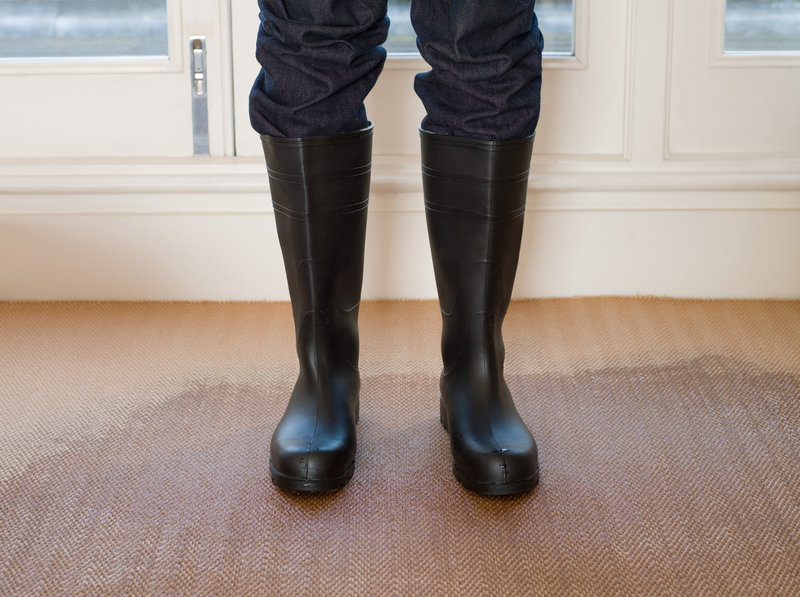The weather is turning cooler, which is a welcome relief from the brutal Midsouth summers, but freezing temperatures can quickly turn into a nightmare scenario if a pipe bursts in your home.
There are many telltale signs you may have a leaking or burst pipe. If you notice water marks on your walls, pooling water on your floor, wet carpet, or changes in water pressure, discolored or unusual smelling water coming from your faucet, bubbling or whistling sounds from your faucet, or dripping sounds from your walls, you probably have a leak somewhere.
The first step is to locate the source of the water. This may be easy if you have water marks on the wall or pooling water in one place, but if not, you may need to do some investigating. Turn off any appliances that use water, don't turn on any faucets or flush the toilet while you're investigating. You'll need to check your water meter to see if it's moving. Your water meter is a small, round gauge, similar to a car's odometer, or it may have a digital display. It's typically located near the main water shut-off valve for your home. You're looking for a flat lead, concrete, or plastic cover flush with the ground. It may be near the sidewalk in your front yard. If your meter is located inside your home, it will either be under your kitchen sink or in the basement or garage. Once you locate your water meter, make note of the reading, then recheck it after 30 minutes of not using any water. If the number has changed, you have a leak.
The more water, the more extensive the damage, so you'll need to move quickly to mitigate the damage. Bacteria and mold will begin to grow and accumulate within hours of the leak; waiting can be dangerous to you and your family. You'll need to contact a professional to assess the damage and make the necessary repairs (Tiger Paws is on call 24/7 for water emergencies, and if the damage is extensive, we will work with your insurance carrier).
Here are some things you can do on your own to lessen the damage:
- Blot or mop up any standing water.
- Get fresh air circulating through the affected area. Open doors and windows and turn on fans to encourage drying and help with the smell.
- Get a dehumidifier to pull the additional moisture from the air (make sure you check and empty the tank regularly).
- Use a wet/dry shop vac to suck up water from damaged areas such as carpets, upholstered furniture, and wood floors.

